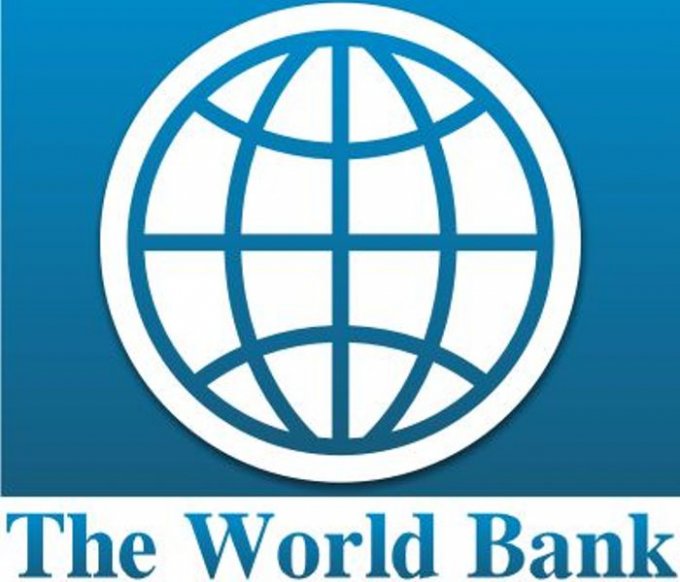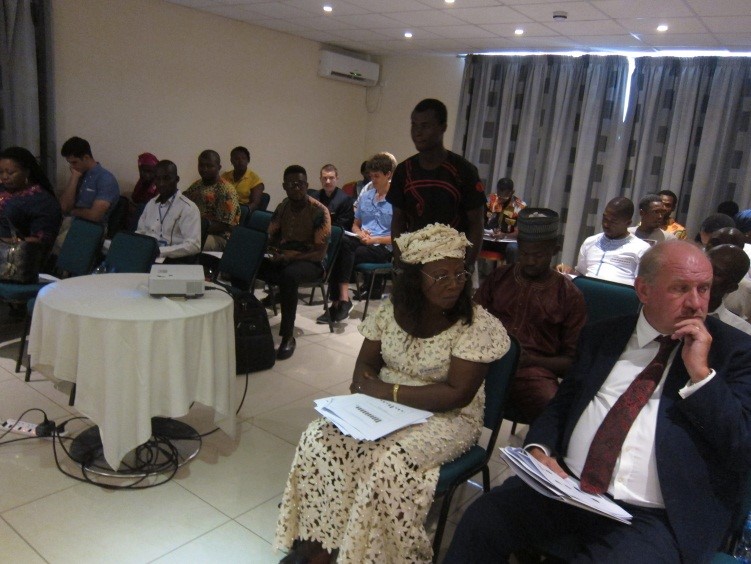Sierra Leone’s currency – a window to the economy
As the West African nation of Sierra Leone prepares for its upcoming democratic elections in November 2012, voters will have an opportunity to assess the stewardship of its current leadership or seek a new direction in one of the oppositions. The speedy depreciation of the ‘Leone’ (Sierra Leone’s currency) over the last four years sheds a light on the health of the economy, but how much of it influences the choice of the voters?
In concluding his 2010 budget speech, Minister of Finance and Economic development Dr. Samura M. W. Kamara called “on all citizens to be watchdogs in their respective locations to monitor budget implementation. In this way, all of us can benefit from the resources of the state and ensure improvements in the quality of our lives”.
It is on the basis of this inclusive call to constructive patriotism that I want to raise an issue that should be of concern to all Sierra Leoneans. The exchange rate of the Dollar to the Leone between 2002 through 2007 graduated from Le 2,180 – 3,000, or weakened at a rate of 27% over a spread of 5 years. On the afternoon of September 17, 2007, when Ernest Koroma was inaugurated President, the official market rate of the American Dollar $1.00 to the Leone closed at Le 2,960. (courtesy of Yahoo Financial)
Exactly four years later, at the close of market on September 19, 2011, the official market rate of the American Dollar $1.00 was Le 4,505. (See chart below) That is a whopping 52% increase in four years which translates to a 52% decline in the value of the Leone. Over the the last four years, the Leone weakened at a rate of Le 1.05 daily. Historic price points of the Leone to the Dollar going back 25 years affirms that 2007 through 2012 represents the fastest and highest rate of currency weakness in Sierra Leone’s history.
A nation’s currency is the window to the virality of its economy. Economist agree that it is one of the key performance indicators of the nation’s economic health.Currencies are directly correlated to the economic engines they serve. The weaker the economy, the weaker its currency. To say that Sierra Leone’s economy is weak is not the issue because it is established. The overaching concern is why the rapid rate of decline and what is been done to check the rapid rate of decay.
Some of the key economic highlights of the period under review are worth careful scrutiny to identify the root cause of the sudden spike of the Leone. According to the figures provided by the African Development Bank, the economy transisitioned from a surplus in 2007 to a 5.1% deficit in 2008 and a 4.9% deficit in 2009. GDP growth declined form 6.4% in 2007 to 3.9% in 2008 and 3.5% in 2009. Real GDP growth rate between 2010 and 2011 was I %. (CIA Facts) Exports dropped year over year, parts of which were from agriculture which contributes to about 50% of the Gross Domestic Product.
Between 2008 through 2012, the prices of the top three consumer goods- rice, fuel, and transportation increased by 30%. By the same token, wages of the few employed only increased by 20%. Where population is on the rise, unemployment is at an all time high, self sustainable food production in decline, prices of goods and services rising faster than wages, the offshot is an unproductive economy.
Currency traders speculate or hedge bets on a decaying currency but it is all based on the content of government policies. What government choses to do or fails to weakens or strenthens the economy. If government expenditure exceeds its revenue as is the case here, depending on the scale of spending, government is left with a deficit. Excessive lending at very high interest rates with no short term ability to repay also weakens an economy.
Economic outlook and reports of from the International Monetary Fund (IMF), World Bank and the International Crisis Group (ICG), contribute to reinforce the speculator’s forecasts on currency positioning. In April 2010, Sierra Express Media carried an article titled “Happy 50th Anniversary”, in which I forecast the Leone to the Dollar based on the linear growth rate. The Leone was weakening much faster than my average forecast. For the Wall Streeters, a weakening Leone with a unidirectional or predictable bias as shown in all the charts is an endless cash machine.
The point of departure from a stable average of Le 3,000, occurred sometime between November 2009 and January 2010. (See chart below with dotted red arrow). In a recent Press Release # 11/450, dated December 7, 2011, Deputy Managing Director and Acting Chair of the IMF Executive Board stated that “inflation remains high due to exogenous shocks and loose monetary policies at the end of 2010”.
The Press Release further noted that that while the “economy is continuing to recover”, “an acceleration of infrastructure investment under the government’s agenda for change led to the surge in unbudgeted spending and comesurate liquidity exapnsion. As monetary policy accomodated the fiscal easing, key fiscal and monetary targets for 2010 were not met.”
One begins to understand the root cause of a dismal economy whose impact is reflected in a weakening currency. It is obvious that the priorities of this economy have been invested in infrastrucutural development rather than the welfare of the poor majority. The value of investments in infrastructure is laudable, but the payback is not immediate, especially if those infrasructures do not enable wealth building capacity for a greater part of the population in the short term. The expectation from an experienced business leader should have been a proportional balance between an aggressive war on poverty and focus only on essential infrastructure.
Given the range of increasing welfare issues impacting Sierra Leoneans, a short term strategic return on investment that spurs faster recovery is either massive job creation or setting up a welfare state to ease the burden of the poor. A good experiment would be subsidies for all registered farmers. It will make farming an attractive industry and increase food production. The difficulty faced by this and previous administrations is not the absence of a wealth distribution mechanism to spur mass consumer participation in the economy. It’s the fact that no such economic experiment has even been tried and tested.
In an economy with a shrinking consumer base owing to an underpaid labor force, a huge proportion of the polpulation are removed from participation in mainstream economic activity. Full time employees only earn wages 12 cycle times a year (1 per month). The cost of goods and services far outpace consumer affordability. Combine all these string of factors and the economy is affected negatively.
Sales of goods and services drop or slow down drastically mid month creating a domino of decreasing financial transactions and slow growth. Like its economy the population thrives on debt or low cash at at hand. The net effect is manifold. Sierra Leoneans are faced with limited upward mobility, exponential price hikes on basic goods and services, permanent state of increasing poverty and appalling economic output as expressed in the GDP and currency weakness.
With a growing youth population, massive unemployment, the absence of innovation and technology to drive out waste and inefficiencies, a scar of political instability, Sierra Leone has a bad resume and a considerable risk to the global investment community. Sierra Leone is still that project whose charter has not been crafted correctly for the teams elected to effectively deliver on expectations. The catalogue of problems cannot be fixed in the near term at this trend without a fundamental deconstruction and redesign.
By Rtd Captain Ken Josiah, Process Improvement Consultant, ASQ Certified Six Sigma Blackbelt, USAStay with Sierra Express Media, for your trusted place in news!
© 2012, https:. All rights reserved.









